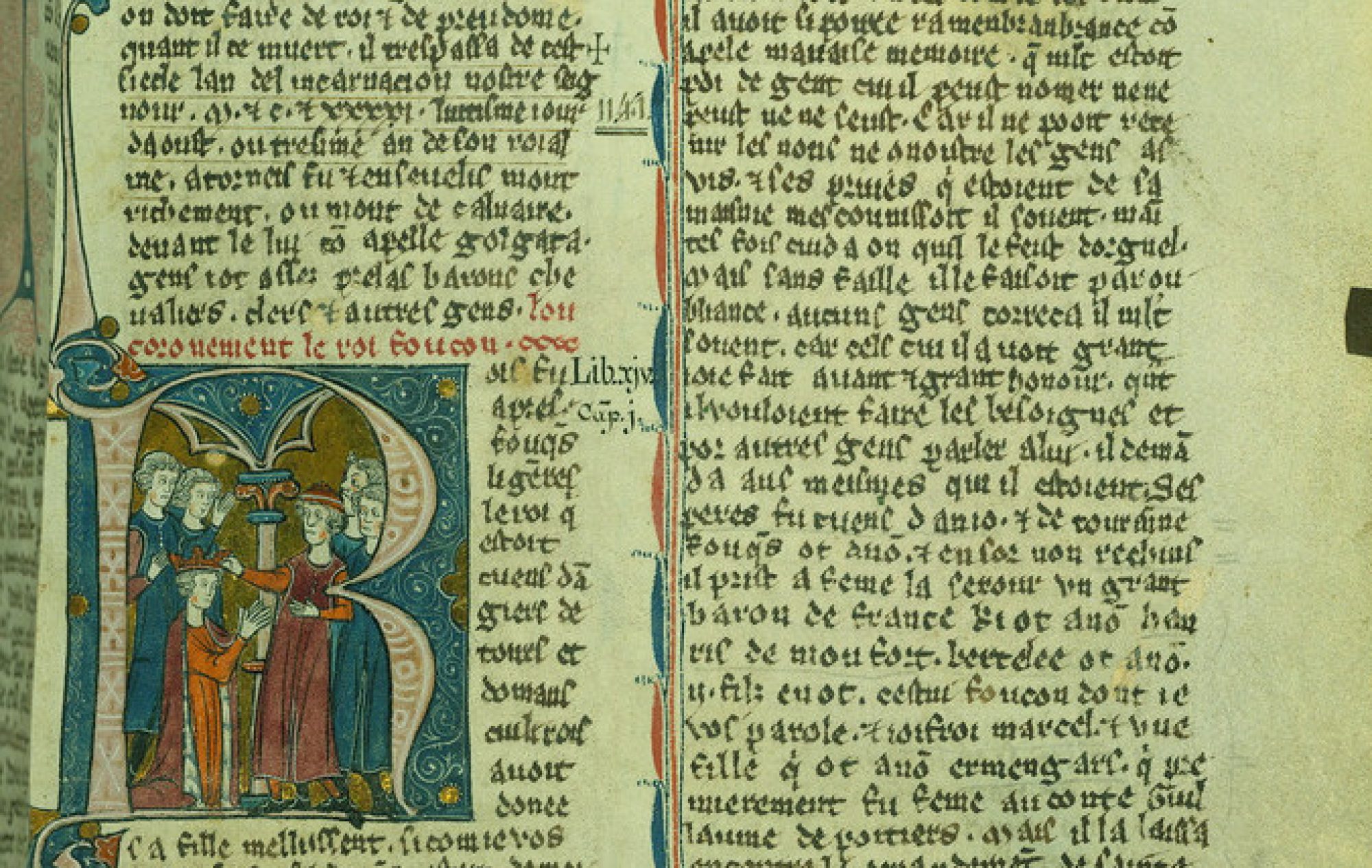
The medieval inquisition is a significant aspect of the context of the two depositions as it played a major role in the acquisition of confessions and punishment. Not only was it a way for King Philip IV to torture the Templars but it also was a key instrumentality for convicting the Templars and ultimately condemning them to death. During the medieval period, specifically around 1184, the Inquisitio (medieval inquisition) was a means of investigating general crime and crimes of heresy.1 However, its use within English ecclesiastical courts expanded to the investigation of sexual crimes such as fornication, bigamy, adultery, etc.2 What is more, the process of the inquisition had several guidelines and routines that inquisitors were obliged to follow and adhere to. For instance, the inquisition would only occur if one was widely held to be guilty.3 In addition, the guidelines for torture were specific and procedural as inquisitors needed to be efficient in their administration of torture, acquisition of confessions and implementation of specific punishment. The process is as follows. The accused was to be tortured only once, however, the torture could proceed in multiple sessions.4 Inquisitors would seek those guilty of heresy and allow them to confess their sins freely, although, they were still at risk of being tortured.5 However, before trial occurred, the accused were ordered to make a public confession and denounce themselves as a form of public humiliation. Once all the evidence and data was collected, a trial would be administered.6 The trial would ultimately be an unfair event as it would always favour the Church’s side.7 The best that the accused could do was to name someone who had a grudge against them or to fully testify to avoid being severely punished, even if they were innocent.8 Moreover, ultimately anyone could testify against the accused, including criminals and known heretics.9 This, in turn, made trial nearly impossible for an accused heretic to win and resulted in their condemnation to severe punishment.
Medieval torture was subject to four main guidelines: “to produce legally prescribed degrees of pain; for the pain to correspond to the crime; the tortured body must be ritually marked…as a warning to others; punishment must be spectacular and public.”10 Ultimately, these four characteristics shaped how torture was administered and how a crime was dealt with. Some forms of punishment included the strappado (reverse hanging) and the rack.11 The rack had 4-5 rolling pillars inside a frame where ropes would tighten “when the pillars were rolled in opposite directions.”12 The tortured person would have their hands and ankles tied to the rack.13 The ropes would tighten slowly causing the person’s legs to dislocate and ligaments to snap.14 Overall, the medieval inquisition played a significant role in torturing the Templars and resulting in their downfall. It was a systematic means of torture and “justice” that acquired confessions from the Templars and killed many. It was a physical, emotional and mental form of torture that eradicated the Templars and what they stood for. Through means of false confessions and severe torture, several were deemed guilty, ending the Templars’ success. In conclusion, the medieval Inquisition was a process and a system that sought to bring the Templars to justice through any means, ultimately detrimental to the legacy of the Knights Templar.
The medieval inquisition was a historical system that allows one to give context to the trial of the Templars. It verifies the downfall of the Templar and how the allegations of heresy would ultimately lead to the torture, conviction and execution of a significant number of Templars. This system allows us to deduce that several confessions made were made under the influence of torture and how this system would cause the downfall of the Knights Templar. In conclusion, the medieval inquisition proves how serious heresy was at the time and gives context for the confessions, deaths and destruction of the Knights Templar.
- Mary C. Flannery and Katie L. Walter, The Culture of Inquisition in Medieval England (Cambridge: D.S Brewer, 2013), 1.
- Ibid.
- Ibid, 9.
- Makena Bennett, “Medieval Torture: A Brief History and Common Methods” (2012). A with Honors Projects. 71. h p://spark.parkland.edu/ah/71
- Ibid.
- Ibid.
- Ibid.
- Ibid.
- Ibid.
- Lisa Hajjar, A Sociology of Violence and Human Rights (United Kingdom: Routledge, 2013), 157.
- Bennett, “Medieval Torture: A Brief History and Common Methods”
- Ibid.
- Ibid.
- Ibid.
- Jacques Callot, The miseries of war; No. 10, “The Strappado,” 1633, etching, 8.3 × 19.1 cm, Art Gallery of New South Wales, Sydney, The_Strappado_by_Jacques_Callot_(cropped).jpg.
